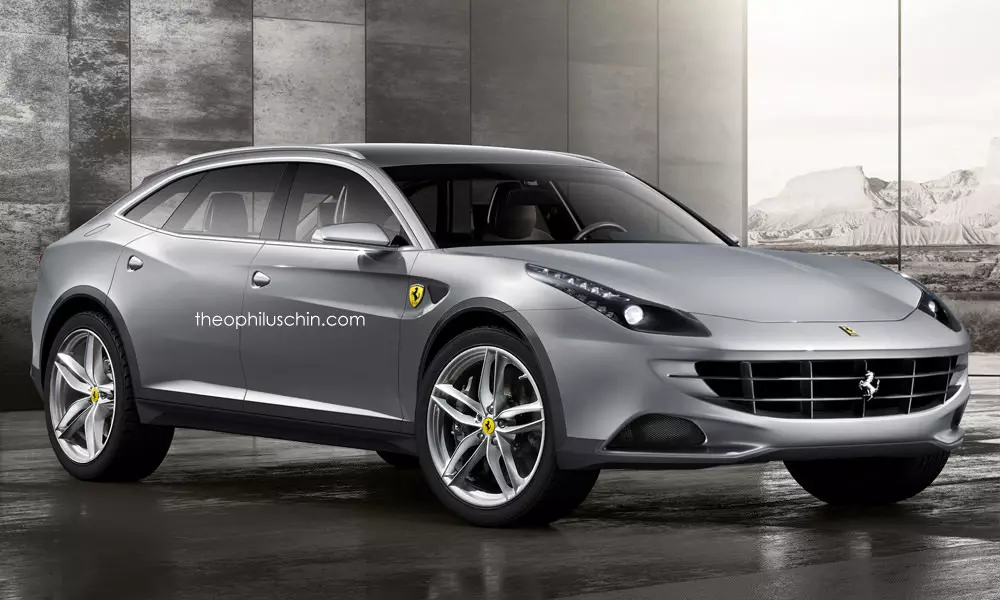Recently, Ferrari almost confirmed, through its CEO Sergio Marchionne, that it would do what it would never do: an SUV. Or as Ferrari says, a FUV (Ferrari Utility Vehicle). However, although there is already (apparently) a code name for the project – F16X -, there is still no absolute confirmation that it will happen.
In the first quarter of next year, the brand's strategic plan will be presented until 2022, where all doubts about the F16X will be clarified. And we'll also know more about another project that's been discussed for far too long with no apparent resolution: Dino's return.
Dino was Ferrari's attempt, in the late 1960s, to build a second, more affordable sports car brand. Today, recovering the Dino name would thus have the objective of creating a new level of access to Ferrari. And if in the past, Marchionne said it wasn't a question of whether it would happen or not, but only when, nowadays it's not that linear anymore.

The idea of a new Dino has met, somewhat surprisingly, internal resistance. According to Marchionne, such a model could have a negative impact on the brand's image, diluting its exclusivity. And that would happen because the new Dino would have an entry price 40 to 50,000 euros below the California T.
world upside down
Let's recap: a new Dino, being more accessible, could be detrimental to the brand's image, but a SU… sorry, a FUV no? It's a difficult logic to understand, because both proposals involve increases in production, but everything makes more sense when we have a calculator in hand.
Ferrari is financially in shape. Its profits continue to grow from year to year, as does its stock price, but Marchionne wants more, much more. Its aim is to double the brand's profits at the start of the next decade. To this end, the extension of the range – whether the FUV or the Dino – would be accompanied by an increase in production.
And if a maximum ceiling of 10,000 units by 2020 had been referred to not that long ago – wisely and officially keeping it as a small builder – then extending the range will see that barrier largely surpassed. And that has consequences.
As the small manufacturer that it is – Ferrari is now independent, outside the FCA – it is exempt from complying with the same emissions reduction program as large-volume manufacturers. Yes, it has to reduce its emissions, but the goals are different, discussed directly with the regulatory bodies.
Exceeding 10,000 units a year also means meeting the same requirements as others. And being outside the FCA, it cannot count on the sale of small Fiat 500s for its emissions calculations. If this decision is confirmed, it is surprising that this is considered.
If greater numbers are to be guaranteed on the production line, an SUV is a safer and more profitable bet than a sports car – no discussion. However, it could prove to be counterproductive, with the increased demands on reducing emissions.
Even considering the brand's supercharged and hybrid future, more radical measures would have to be taken. And the F16X, even confirming the rumors of a hybrid V8 to motivate it, theoretically will have higher emissions than a new Dino. A car that will be smaller and lighter, and like the 1967 original, equipped with a V6 in the center rear position.
More responses in early 2018 with the presentation of the brand's future strategy. Would they bet against the approval of the FUV?
